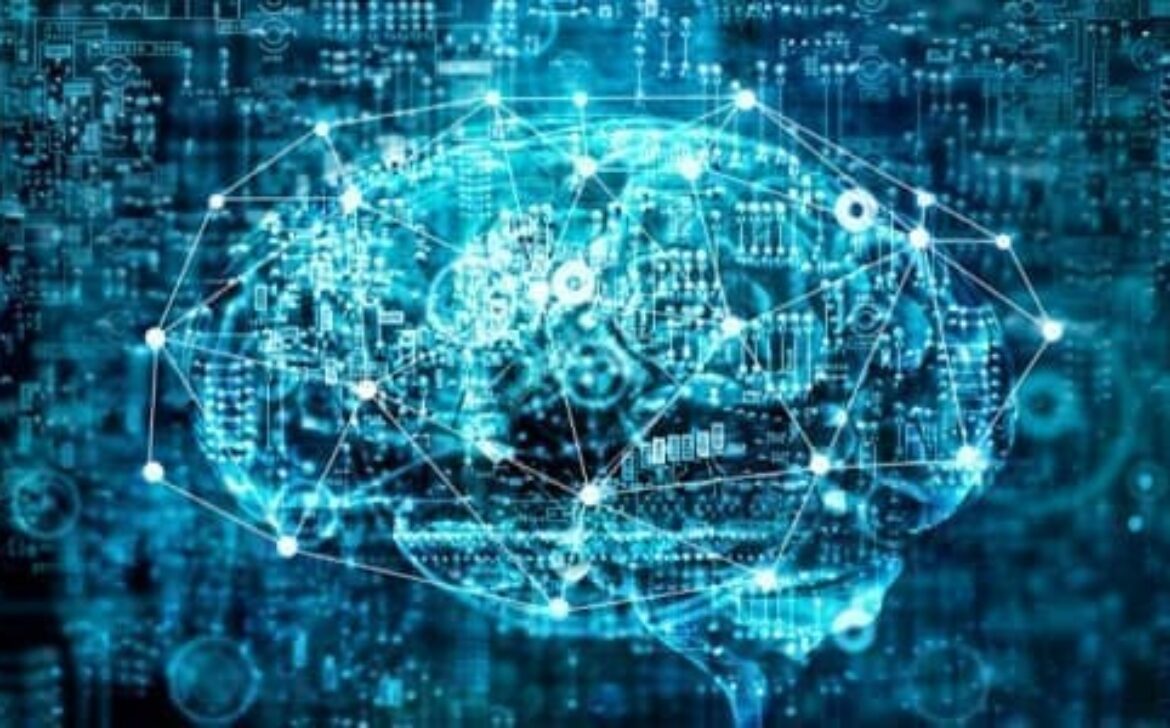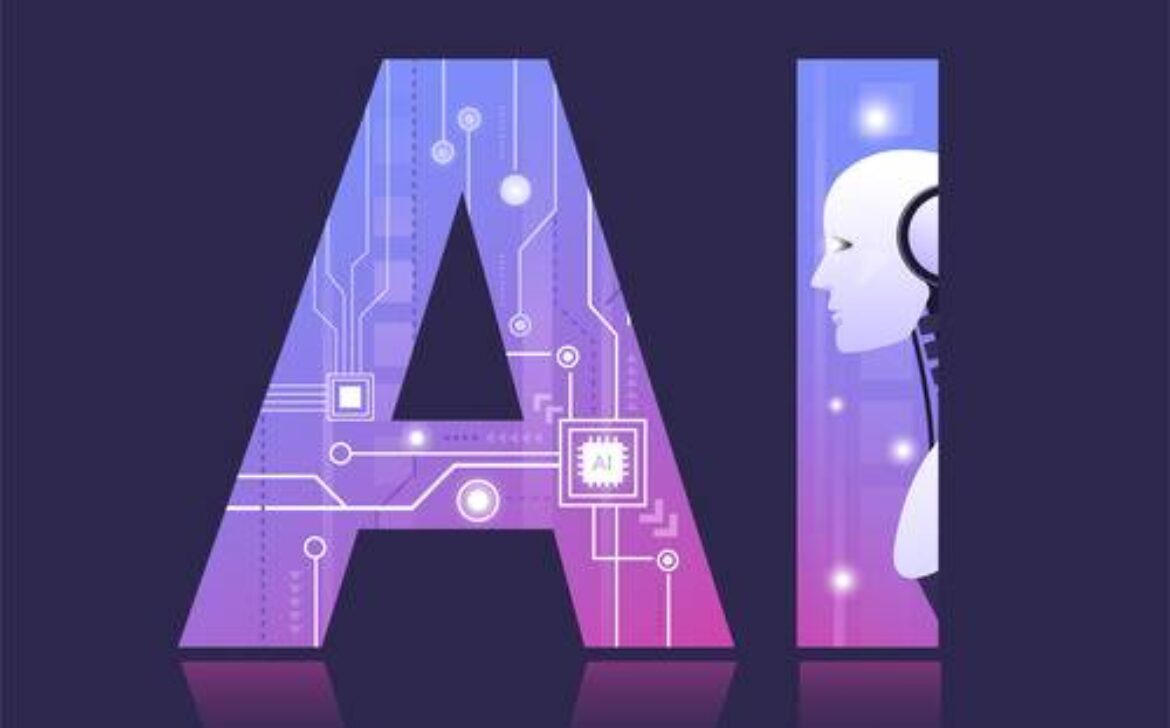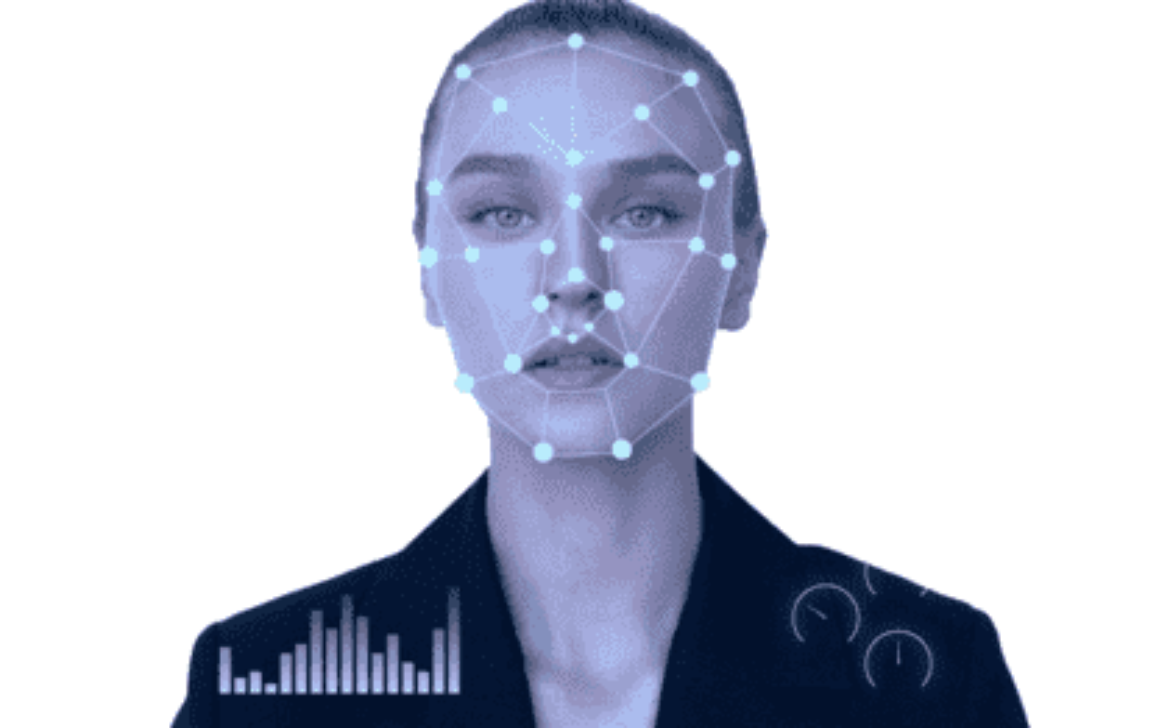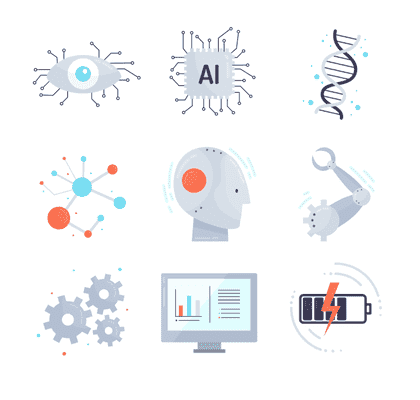Unleashing the AI Revolution: Unveiling Lucrative Business Opportunities You Can’t Ignore
In recent years, the realm of artificial intelligence (AI) has evolved rapidly, disrupting numerous industries and creating a wave of innovation. With its ability to process vast amounts of data and generate valuable insights, AI has paved the way for new business opportunities that were once unimaginable. In this blog post, we will explore some of the exciting avenues that AI has opened up for entrepreneurs and businesses, showcasing the potential for growth and success in the AI-driven era. One of the most significant advantages of AI is its ability to revolutionize the way businesses interact with their customers. Through machine learning algorithms and natural language processing, AI-powered chatbots and virtual assistants can provide round-the-clock customer support, answering queries, and resolving issues promptly. This not only enhances customer satisfaction but also reduces the workload on human customer service agents, allowing businesses to allocate their resources more efficiently. Furthermore, AI can analyze customer behavior and preferences, enabling companies to personalize their offerings and tailor marketing campaigns to specific target audiences. By understanding individual preferences, businesses can enhance the overall customer experience, leading to higher customer retention rates and increased brand loyalty. AI has the potential to transform decision-making processes across industries. With its data analysis capabilities, AI can quickly process and interpret complex datasets, uncovering patterns and trends that might have gone unnoticed by human analysts. This enables businesses to make more informed decisions, optimize their operations, and identify new opportunities. Moreover, AI-powered predictive analytics models can forecast market trends and consumer demands, helping businesses stay ahead of the competition. By analyzing historical data and identifying future patterns, companies can make proactive adjustments to their strategies, mitigating risks and maximizing profitability. Automation lies at the core of AI’s transformative power. By automating repetitive and mundane tasks, businesses can optimize efficiency, reduce costs, and free up human resources for more value-added activities. AI-powered robots and systems can handle tasks such as data entry, inventory management, and quality control, leading to faster turnaround times, improved accuracy, and increased productivity. Additionally, AI can streamline supply chain operations, optimizing inventory levels, and minimizing wastage. Through real-time monitoring and predictive analytics, businesses can optimize production schedules, anticipate supply shortages, and ensure timely delivery, ultimately enhancing customer satisfaction. Data has become a crucial asset for businesses in the digital age, and AI plays a pivotal role in harnessing its full potential. AI algorithms can analyze vast volumes of structured and unstructured data, extracting valuable insights and patterns that can inform strategic decision-making. This empowers businesses to optimize their marketing campaigns, identify new market segments, and develop innovative products and services that cater to evolving customer needs. Furthermore, AI-driven data analysis can enhance risk management by detecting anomalies and identifying potential security threats. By leveraging AI-powered cybersecurity solutions, businesses can protect their sensitive data and ensure the integrity and confidentiality of their systems. The emergence of AI has created a plethora of business opportunities across industries, revolutionizing customer experiences, decision-making processes, automation, and data analysis. Embracing AI technologies can unlock new horizons for entrepreneurs and businesses, enabling them to stay competitive in an ever-evolving marketplace. By harnessing the power of AI, companies can enhance efficiency, optimize resource allocation, and deliver personalized experiences to their customers, ultimately driving growth and success in the AI-driven era.INTRODUCTION:
1. Enhanced Customer Experience:

2. Smarter Decision Making:

3. Automation and Efficiency:


4. Advanced Data Analysis and Insights:

CONCLUSION:















